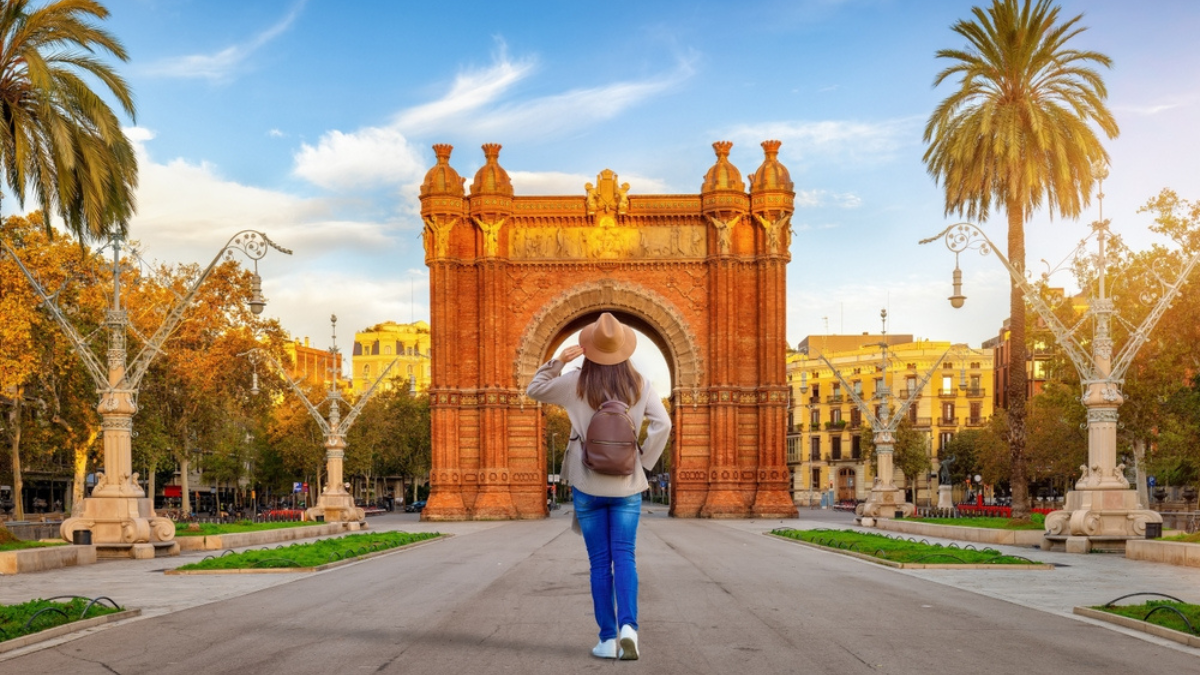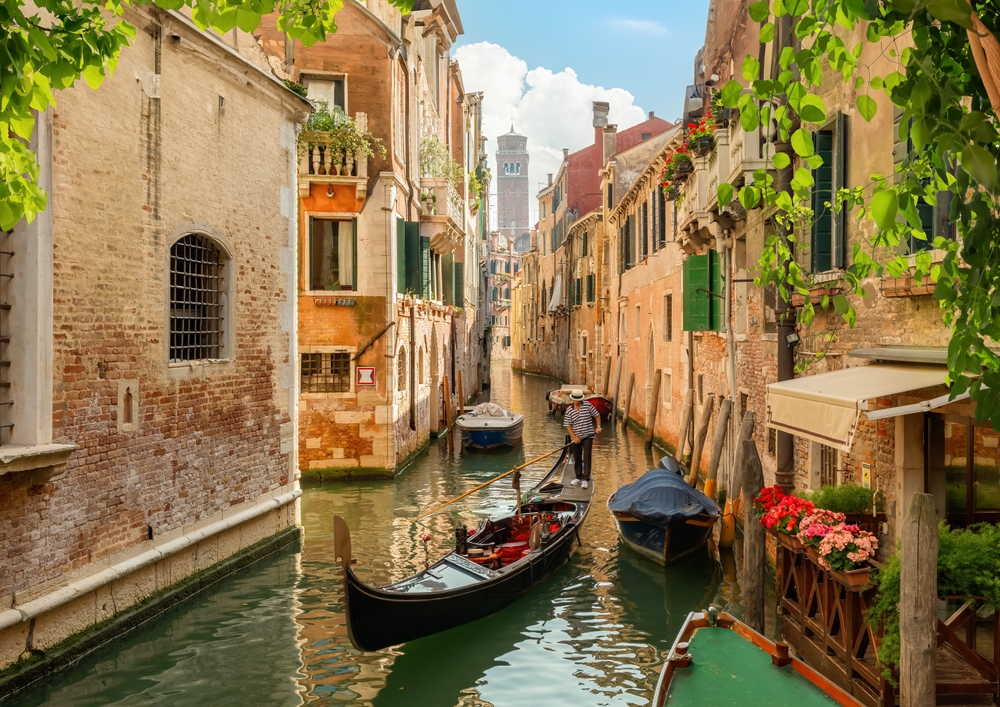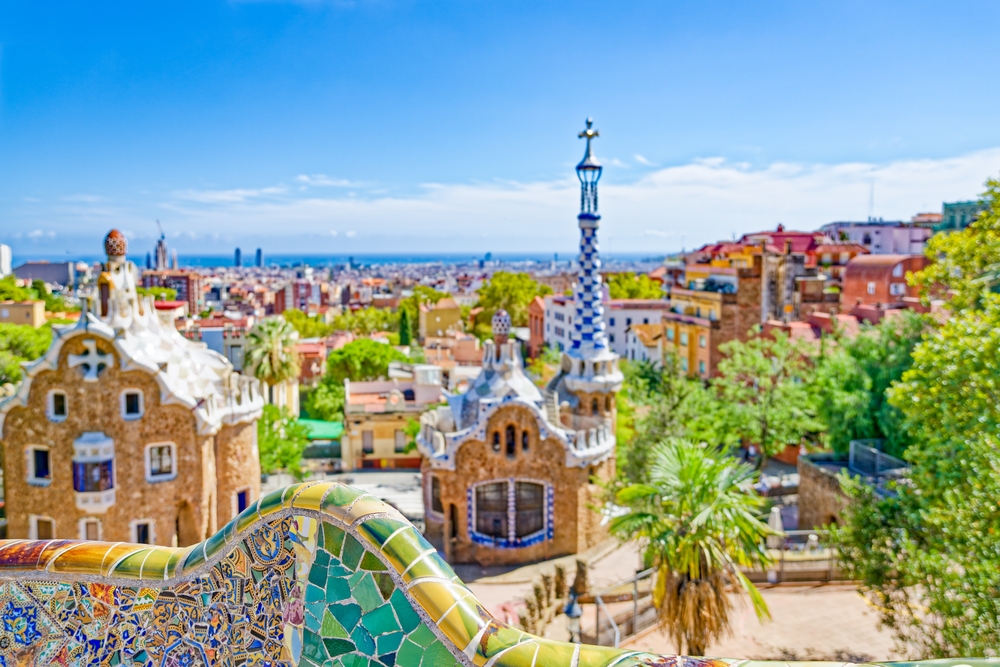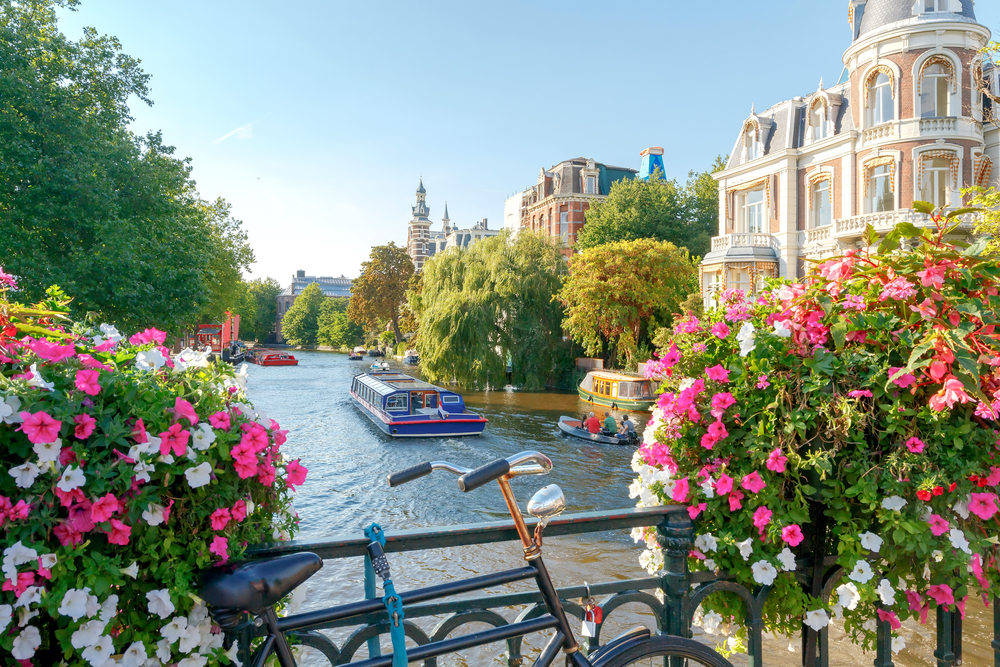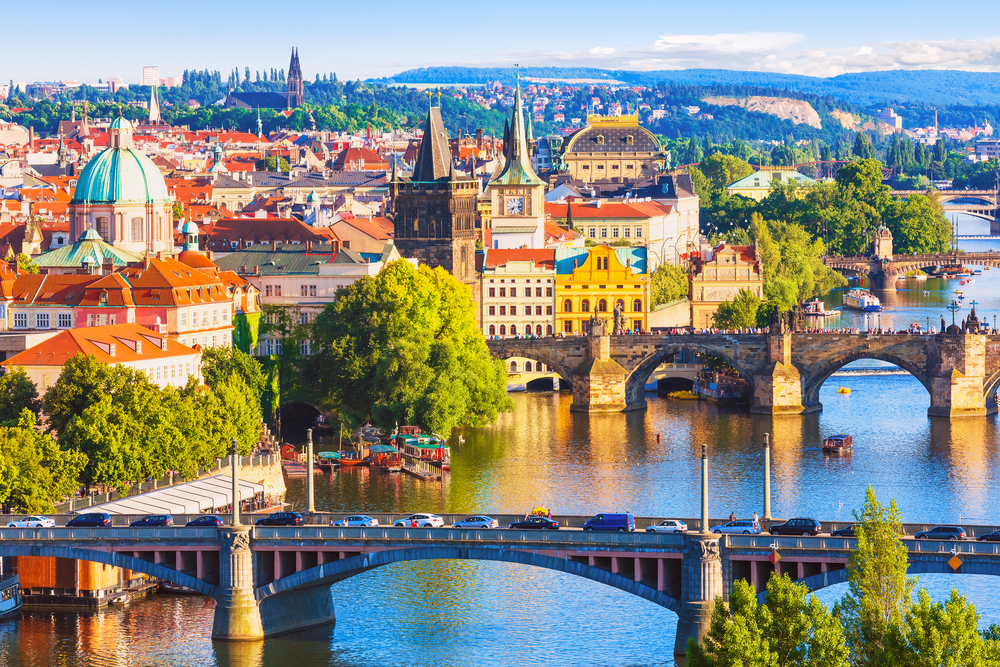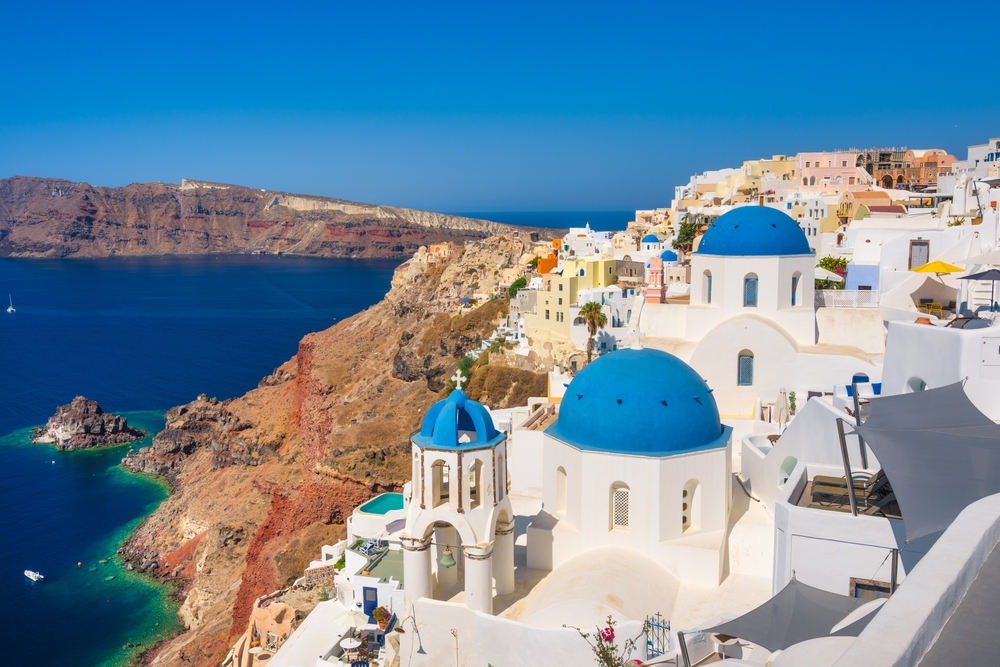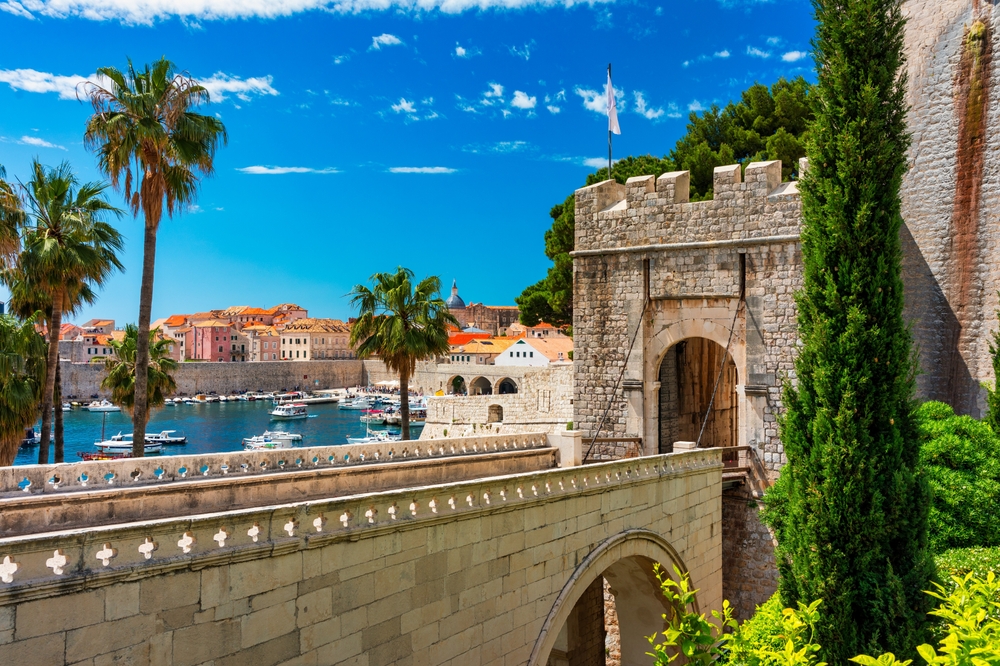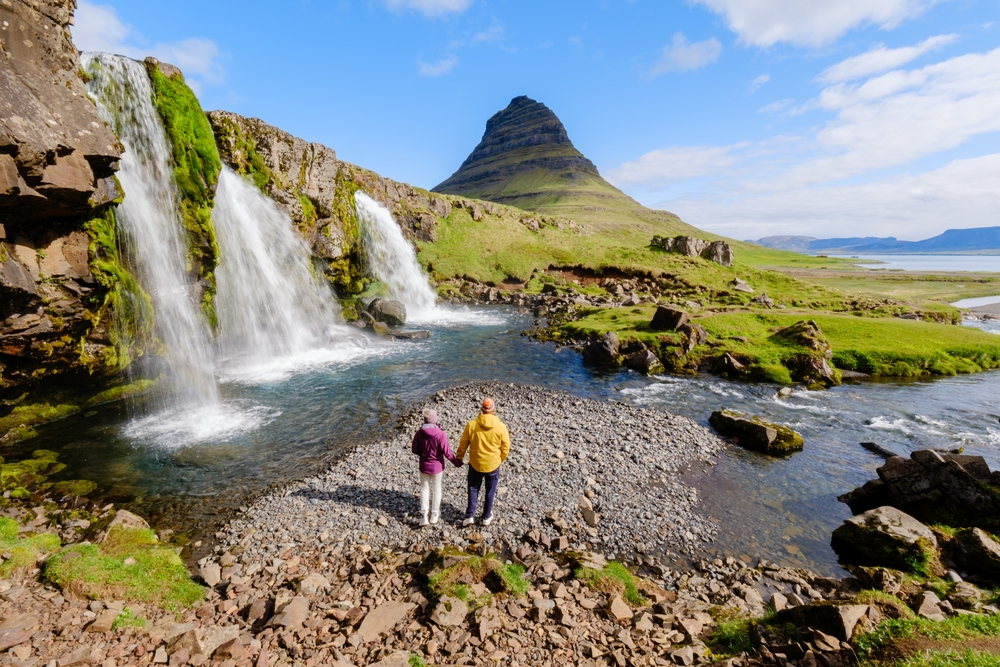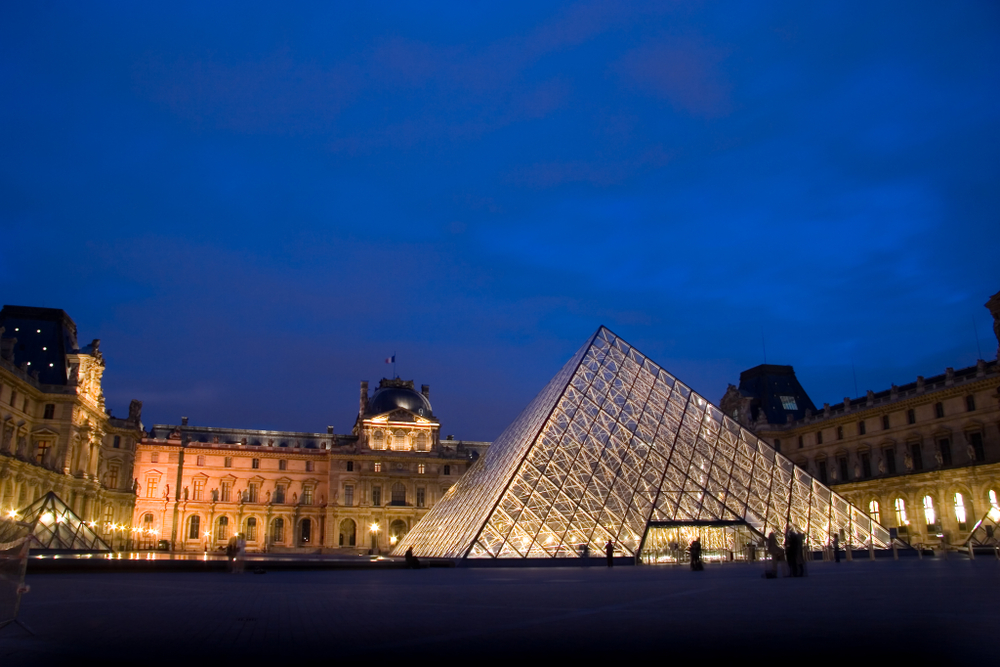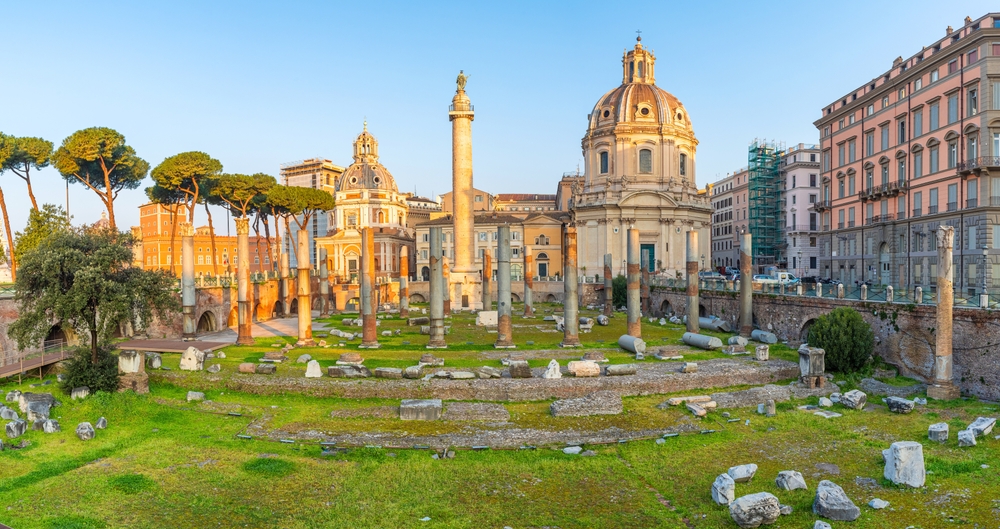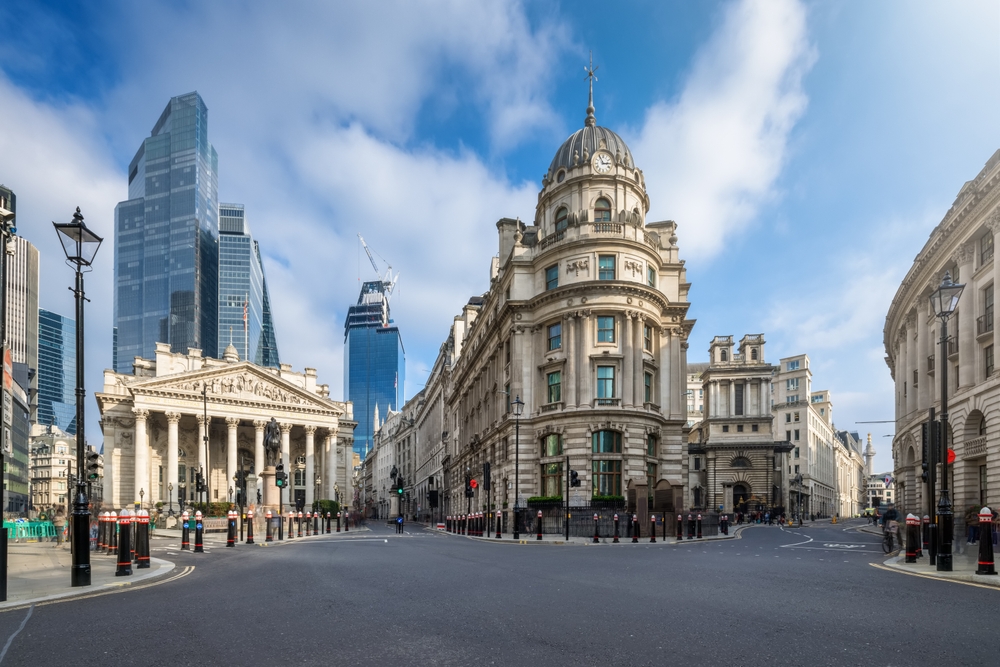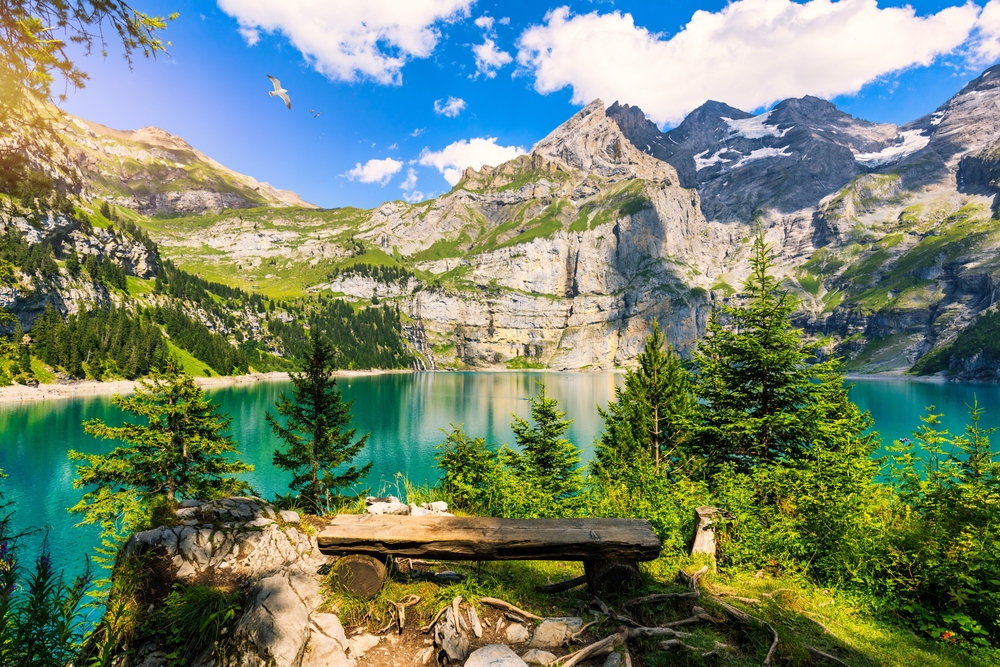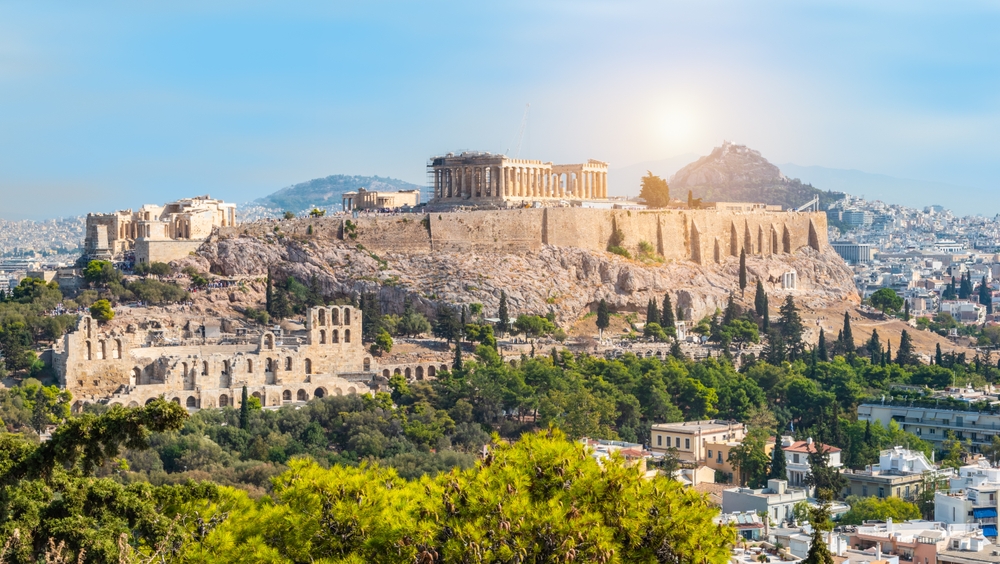Europe’s most enchanting destinations have drawn travelers for centuries with their historic charm and cultural richness. But today, many iconic locations face unprecedented challenges from overtourism, climate change, and modernization. Once-magical places now struggle with crowded streets, environmental damage, and the gradual erosion of authentic experiences. Let’s explore twelve beloved European destinations where the timeless appeal is sadly beginning to fade.
1. Venice’s Sinking Splendor
The floating city battles rising sea levels and sinking foundations while cruise ships dump thousands of day-trippers into narrow alleys. Local Venetians have fled in droves – the population has dropped below 50,000, down from 175,000 in the 1950s.
Authentic shops have transformed into mass-market souvenir stands selling imported masks and glass trinkets. The gondola experience, once romantic and peaceful, now involves navigating congested canals while dodging selfie sticks.
Acqua alta (high water) events flood the city with increasing frequency, damaging historic buildings and creating a perpetual cycle of expensive repairs. Venice remains beautiful but increasingly feels like a floating theme park rather than a living city.
2. Barcelona’s Barrio Blues
Once celebrated for its distinct Catalan culture and Gaudí masterpieces, Barcelona now grapples with an identity crisis. Locals protest with signs reading “Tourists Go Home” as rental prices skyrocket beyond residents’ reach.
La Rambla, formerly a bustling local promenade, has devolved into a tourist conveyor belt lined with generic restaurants serving mediocre paella. Pickpockets target the endless stream of distracted visitors studying maps or photographing buildings.
Beach areas like Barceloneta have transformed from fishermen’s quarters to party zones where locals feel increasingly unwelcome. The city’s authentic character dissolves as independent businesses close, replaced by international chains catering exclusively to visitors.
3. Amsterdam’s Cannabis Conundrum
Amsterdam’s reputation as a liberal paradise has morphed into a magnet for rowdy bachelor parties and cannabis tourists. The picturesque canal rings now echo with drunken shouts late into the night, disrupting neighborhoods once known for their peaceful charm.
City officials have begun restricting cannabis cafes and implementing strict regulations on short-term rentals. “We want visitors who appreciate our culture, not just our coffeeshops,” explained one frustrated council member.
The red light district, historically part of Amsterdam’s unique character, struggles with a circus-like atmosphere as tour groups gawk at sex workers. Many Dutch residents avoid the city center entirely, creating a growing disconnect between tourist Amsterdam and local Amsterdam.
4. Prague’s Commercialized Castle Quarter
The fairytale spires of Prague Castle still dominate the skyline, but the experience below has lost its magic. Trdelník pastry stands – actually a modern invention for tourists, not a traditional Czech treat – occupy every corner of the historic district.
Astronomical clock viewings involve pushing through selfie-taking crowds rather than appreciating the medieval craftsmanship. Pub crawls dominate the nightlife, with drunk tourists stumbling through cobblestone streets where Kafka once walked.
Authentic Czech taverns have been pushed to outer neighborhoods as the center fills with overpriced restaurants offering picture menus. Local artisans struggle as mass-produced “traditional” souvenirs from China flood gift shops, further diluting the genuine Czech cultural experience.
5. Santorini’s Instagram Invasion
The stunning white-and-blue Cycladic architecture of Santorini now serves primarily as a backdrop for social media photoshoots. Influencers block narrow pathways for hours to capture the perfect sunset shot, inconveniencing locals and other visitors.
Cruise ships disgorge up to 15,000 daily visitors onto an island of just 15,000 permanent residents. Water scarcity plagues the island as hotels add infinity pools specifically designed for Instagram posts.
Traditional Greek tavernas have been replaced by high-end restaurants with mediocre food at astronomical prices. Donkeys, once used for transportation, now suffer carrying overweight tourists up steep steps for novelty photos – a practice increasingly criticized by animal welfare groups.
6. Dubrovnik’s Game of Tourism
“Game of Thrones” transformed this Croatian gem into King’s Landing, bringing unprecedented visitor numbers to the walled city. Mayor Mato Franković has been forced to limit cruise ships after UNESCO threatened to revoke Dubrovnik’s World Heritage status.
Housing prices have exploded as investors convert apartments into vacation rentals. Young locals can no longer afford to live in their hometown, creating a demographic crisis as the population ages.
Restaurants serving authentic Dalmatian cuisine have been pushed aside for fast-food joints catering to tourists. The ancient limestone streets, worn smooth over centuries, now suffer accelerated damage from thousands of daily footsteps, requiring costly and constant maintenance that strains the city’s resources.
7. Iceland’s Natural Wonders Under Pressure
The land of fire and ice has experienced a 400% tourism increase since 2010, leaving fragile moss ecosystems trampled and hot springs overcrowded. Instagram-famous waterfalls like Skógafoss now require queue management systems during peak season.
Reykjavik, once a quirky Nordic capital, increasingly resembles any global tourist hub with souvenir shops replacing local businesses. Rental prices have skyrocketed as Airbnb conversions reduce housing stock for residents.
The famous Blue Lagoon requires advance booking weeks ahead, contrasting sharply with Iceland’s former spontaneous, uncrowded appeal. Some remote areas have implemented visitor caps after environmental damage, while others have been forced to construct parking lots and barriers where once there was only pristine nature.
8. Paris’s Louvre Logjam
The world’s most visited museum now resembles a crowded train station more than a temple of art. Visitors sprint past masterpieces to photograph the Mona Lisa through a forest of selfie sticks, spending an average of just 15 seconds viewing the famous painting.
Montmartre, once an authentic artists’ quarter, has devolved into a tourist trap where aggressive portrait artists harass passersby. The charming cafés immortalized by Hemingway now charge €8 for coffee served by waiters tired of explaining that croque monsieur doesn’t come with fries.
Local boulangeries struggle against chain stores selling inferior mass-produced pastries to tourists who can’t tell the difference. The romantic city of light increasingly feels like a sophisticated theme park rather than a living, breathing French metropolis.
9. Rome’s Ancient Gridlock
The Eternal City buckles under eternal traffic jams and overtourism. Visitors tossing coins in Trevi Fountain must navigate through hundreds of others doing the same, often managing only a glimpse of the baroque masterpiece through a wall of smartphones.
Street vendors aggressively hawk selfie sticks and trinkets around major monuments, creating a carnival atmosphere that diminishes the historical gravitas. Restaurant quality in tourist areas has plummeted as owners realize they’ll never see the same customers twice.
Ancient pavements suffer under the weight of millions of visitors, accelerating deterioration of irreplaceable archaeological treasures. The Spanish Steps, recently restored for €1.5 million, now require constant monitoring to prevent damage from tourists using them as picnic spots despite strict prohibitions.
10. London’s Homogenized High Streets
Britain’s capital witnesses its distinctive neighborhoods losing unique character as independent shops close, replaced by identical chain stores found in any global city. Notting Hill, immortalized in film, now consists mainly of investment properties sitting empty most of the year.
Borough Market, once a genuine food paradise, increasingly caters to tourists seeking Instagram-worthy treats rather than locals doing weekly shopping. Traditional pubs transform into sterile gastropubs with standardized menus designed to appeal to international palates.
Covent Garden’s street performers now compete for space with corporate promotional events and pop-up brand experiences. Camden Market, formerly a countercultural haven, sells mass-produced “alternative” merchandise while authentic artisans have been priced out by rising rents.
11. Swiss Alps’ Melting Majesty
Climate change ravages Europe’s iconic mountain range, with retreating glaciers and shortened ski seasons threatening both natural beauty and local economies. Many lower-altitude resorts now rely heavily on artificial snow, consuming massive amounts of water and energy.
Traditional Alpine villages increasingly resemble luxury shopping malls as high-end boutiques replace family-owned businesses. Authentic Swiss experiences give way to sanitized versions palatable to wealthy international visitors.
Mountain trails suffer erosion from increased foot traffic, while once-peaceful viewpoints now feature crowds jostling for the perfect photo angle. The harmonious relationship between humans and mountains that characterized Alpine culture for centuries faces unprecedented pressure as commercial interests prioritize short-term profit over long-term sustainability.
12. Athens’ Acropolis Congestion
The cradle of Western civilization now struggles with massive cruise ship arrivals that flood the ancient site with thousands of simultaneous visitors. Summer temperatures reaching 40°C (104°F) combined with pollution and overcrowding create dangerous conditions on the marble summit.
Authorities have installed crowd control measures and considered visitor caps, fundamentally changing the experience of this symbol of democracy. The surrounding Plaka district has transformed from a living neighborhood into a tourist-focused zone with inflated prices.
Archaeological work faces delays as managing visitor flow takes priority over preservation and research. Meanwhile, authentic Greek tavernas increasingly offer abbreviated menus focused on quick turnover rather than traditional dining experiences. The spiritual connection to ancient Athens becomes harder to access amid the commercial circus.
